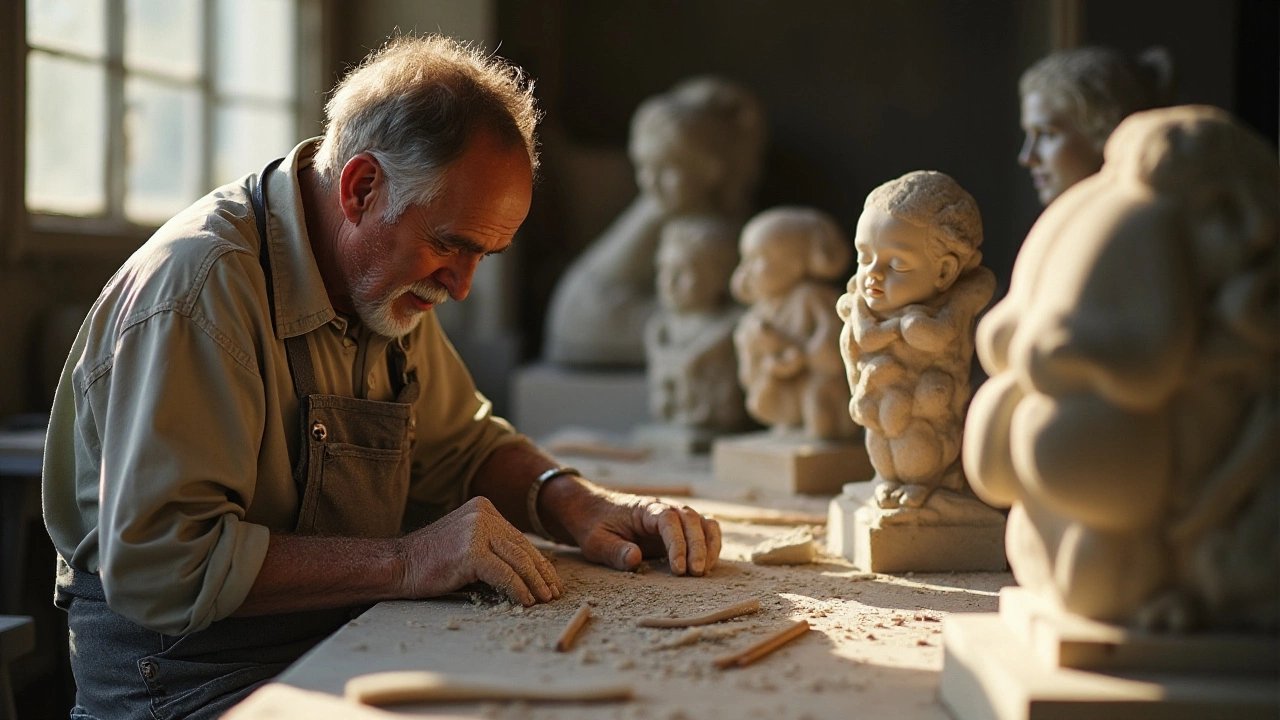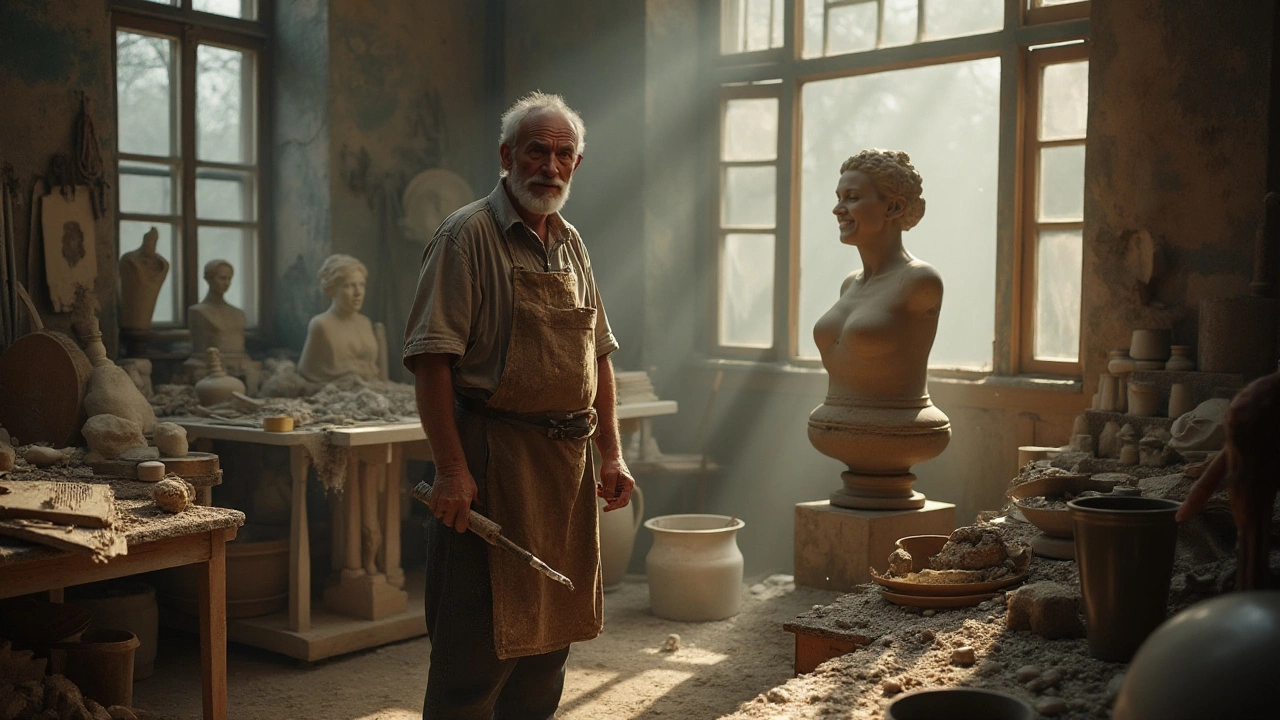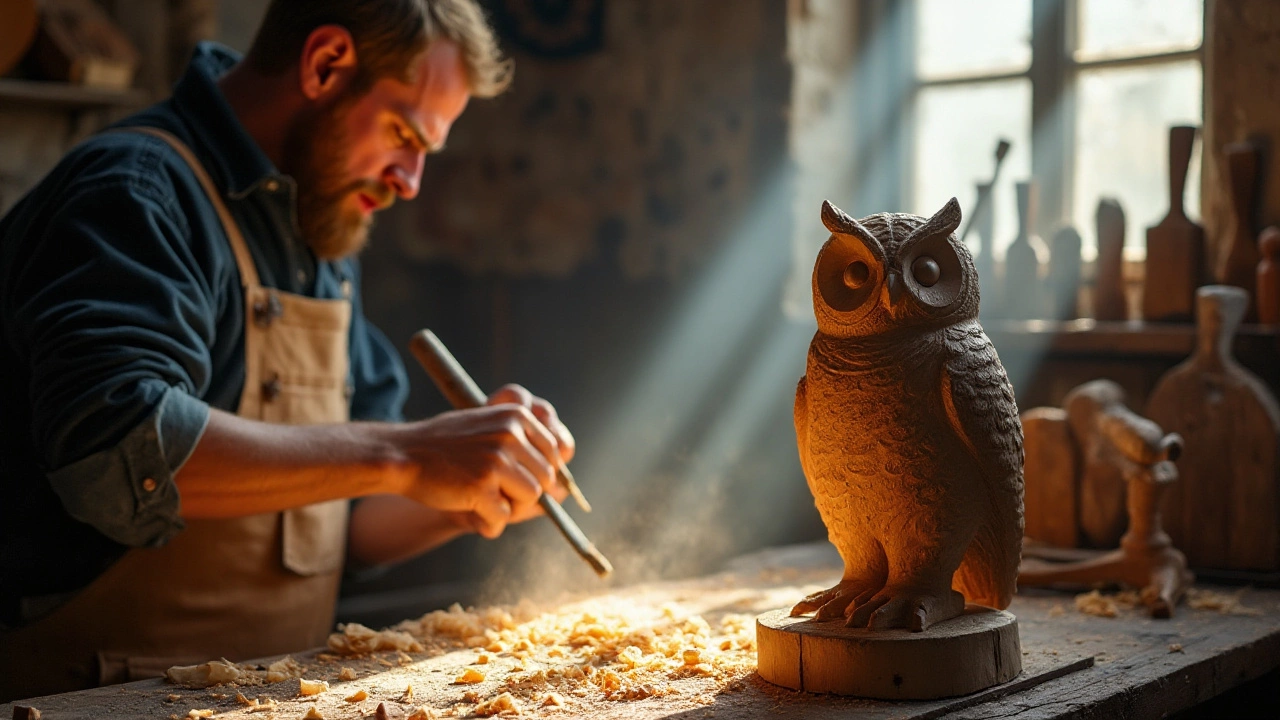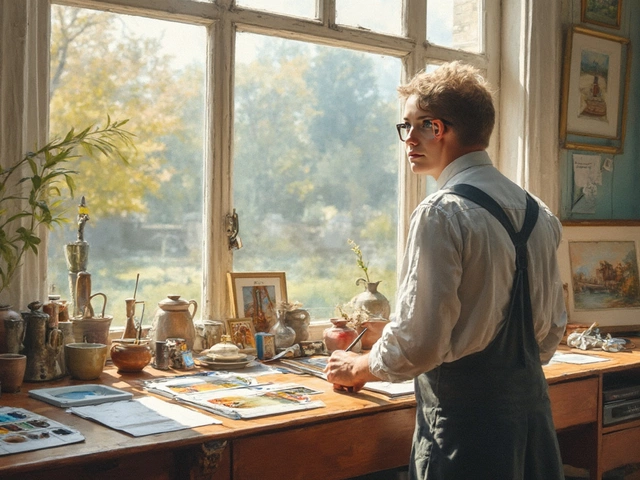Sculpting: Guides, Techniques, and Inspiration
When working with sculpting, the practice of shaping materials like stone, metal, wood, or clay into three‑dimensional forms. Also called sculpture, it blends artistic vision with hands‑on craftsmanship. Today we’ll look at the main sculpture techniques, methods such as carving, modeling, casting, and assembling that artists use to bring ideas to life. We’ll also touch on the role of a sculpture artist, a creator who specializes in three‑dimensional works and often moves between traditional and digital media. This mix of process and people sets the stage for what you’ll find in the posts below.
Key Concepts in Sculpting
sculpting encompasses four essential techniques: carving, modeling, casting, and assembling. Carving removes material from a solid block, often stone or wood, to reveal form; modeling builds up shape using pliable media like clay or wax; casting pours liquid material—usually metal or plaster—into a mold to create duplicates; assembling joins separate pieces, allowing mixed‑media constructions. Each technique demands a specific set of tools and material knowledge, so a well‑rounded sculptor learns the basics of all four. Sculpting also requires an understanding of material properties—stone’s hardness, metal’s melting point, clay’s plasticity—because the choice of medium directly influences the final look and durability. Across history, famous sculptors such as Michelangelo, Rodin, and contemporary masters have pushed these techniques, inspiring today’s creators to experiment with hybrid methods and digital fabrication. Their work shows how a clear vision combined with technical skill can turn raw material into iconic art.
Our collection below pulls together practical how‑tos, artist spotlights, and historical overviews that match the diversity of the sculpting world. Whether you’re a beginner curious about the first carving tools, an intermediate modeler looking for casting tips, or a seasoned artist hunting inspiration from the most renowned sculptors, the articles ahead cover the full spectrum. You’ll see step‑by‑step guides on carving stone, deep dives into the four fundamental techniques, profiles of modern sculpture artists, and analysis of iconic works that shaped the field. This curated set gives you both the technical foundation and the creative spark needed to take your sculpting practice to the next level.

Sculpting and 3D modeling both demand creative skills, but the nature of these skills differs significantly between the two art forms. While sculpting involves a tactile, hands-on approach with physical materials, 3D modeling relies on digital tools and technology. Each art form presents its own unique challenges, with sculptors dealing with physical constraints and modelers navigating the intricacies of software. Understanding the core processes and techniques can help determine the more challenging art form for different individuals.

A sculptor is an artist who creates three-dimensional works of art from materials such as stone, metal, clay, and wood. The art of sculpting has a rich history, filling our world with awe-inspiring statues and installations. This article explores what it means to be a sculptor, diving into the skills required, the materials used, and the creative process involved. It also offers tips for aspiring sculptors looking to embark on their creative journey.

Delving into the world of sculpture art, this article unravels the distinctions between sculpting and carving. These artistic processes differ primarily in technique and materials used, impacting the art produced significantly. While carving is a method of subtraction, typically using materials like wood and stone, sculpting often involves a range of materials, including clay, and encompasses both additive and subtractive techniques. Understanding these differences provides insight into the creative processes and the diverse artistry involved in sculpture.





